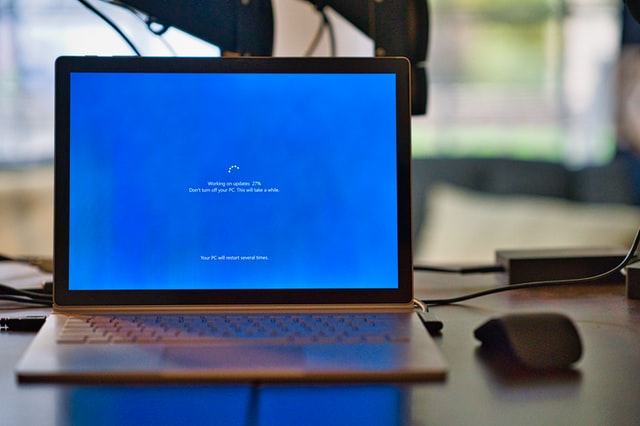Ransomware is very harmful, especially for the business, as it can get hold of the confidential files and information. The various forms of Ransomware have been discussed in this blog. Ransomware’s main target and the protective measures that you could take to prevent it have also been explained in our blog.
Ransomware is one of the kinds of malware that prevents users from getting hold of personal files and systems and demands ransom expenses for regaining access. The initial variant of ransom when it came into view was during the period of the 1980s. During that time, the payment was mainly sent through snail mail.
There are several ways it could hamper the system. The most basic technique is through the channel of malspam or malicious spam. These are unsolicited emails that deliver a virus. It is delivered through the help of a drive-by downloading. Drive-by downloading mainly happens when the individual enters an unsecured website.
The security professionals state that the most suitable way to secure the system from Ransomware is by preventing the virus from entering the initial phase. The computer system user needs to use technical skills to prevent the virus from entering the system. The most common way to avoid the attacks of Ransomware is to invest more funds into the cybersecurity. Cybersecurity is considered one of the programs that provide the user with real-time security against viruses or malware. There is well-functioning software against ransomware and malware like the one WATCHDOG Anti-Malware. The users who were making effective utilization of the finest version of WATCHDOG Anti-malware are secured from different ransomware attacks. You can also read our article regarding the importance of anti-malware software here.
Impact of Ransomware upon business
Some types of Ransomware that significantly impact business operations are identified as SamSam, GandCrab, NotPetya, and WannaCry. During the second half of the annual year 2018, the attacks from Ransomware on the business has raised to 88%. The cybercriminals identify big business and translate to government agencies, big payoffs, commercial institutions, and hospitals. On average, the cost of breaching the data, which also includes penalties, and remediation, is almost $3.86 million. The maximum number of cases was recognized to be GrandCrab. It was noticed during January 2018. GrandCrab has undergone several versions since the threat author develops ransomware to guard against and reinforce its encryption. As per the anticipation, the GrandCrab has collected almost $300 million.



